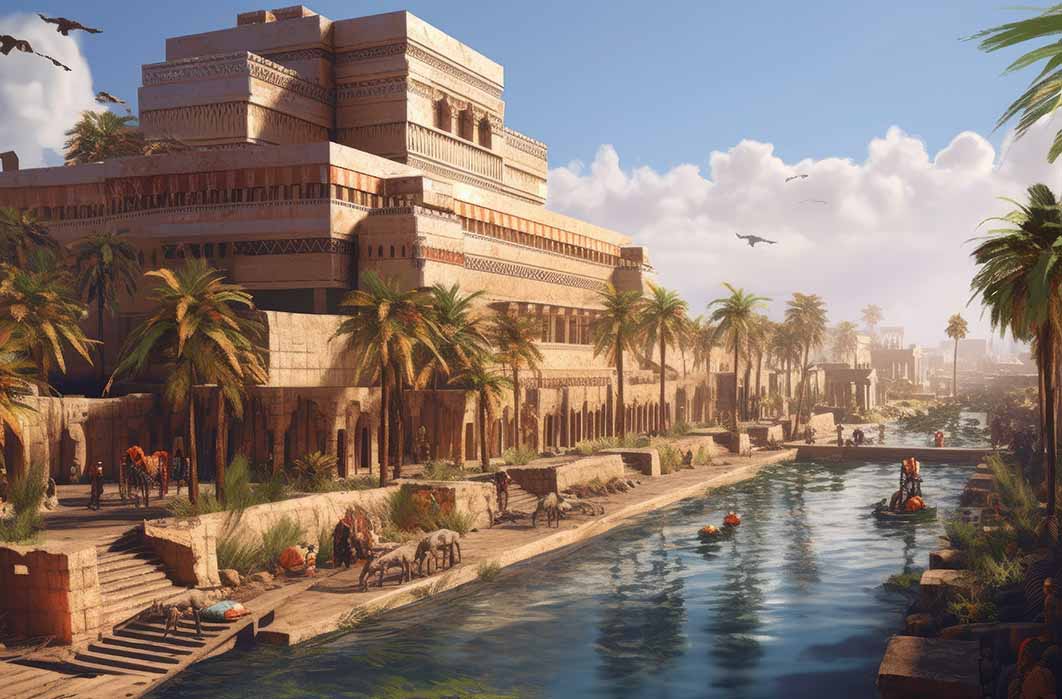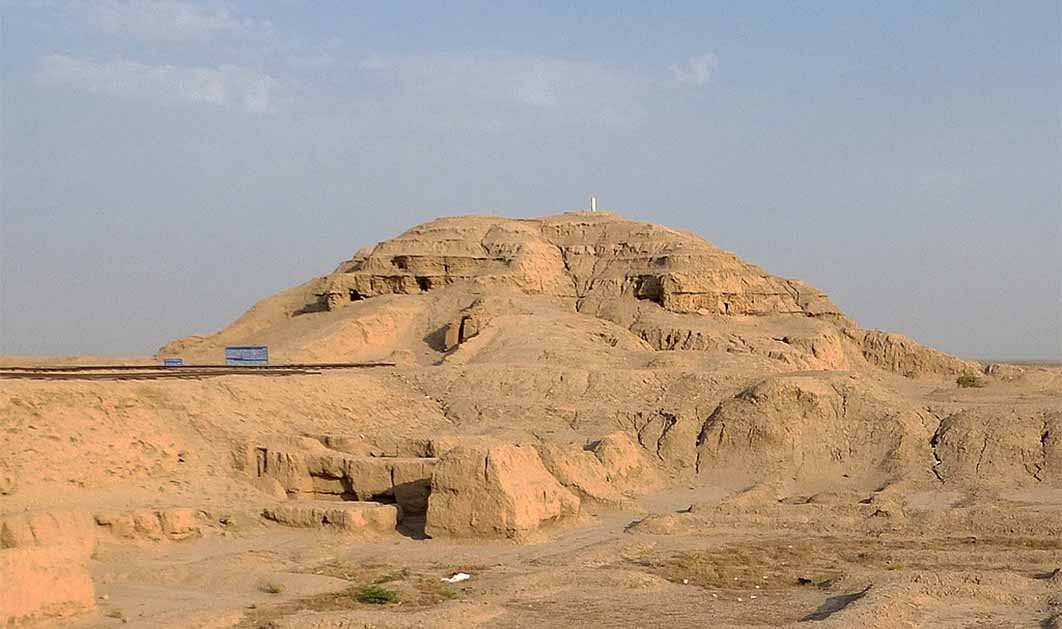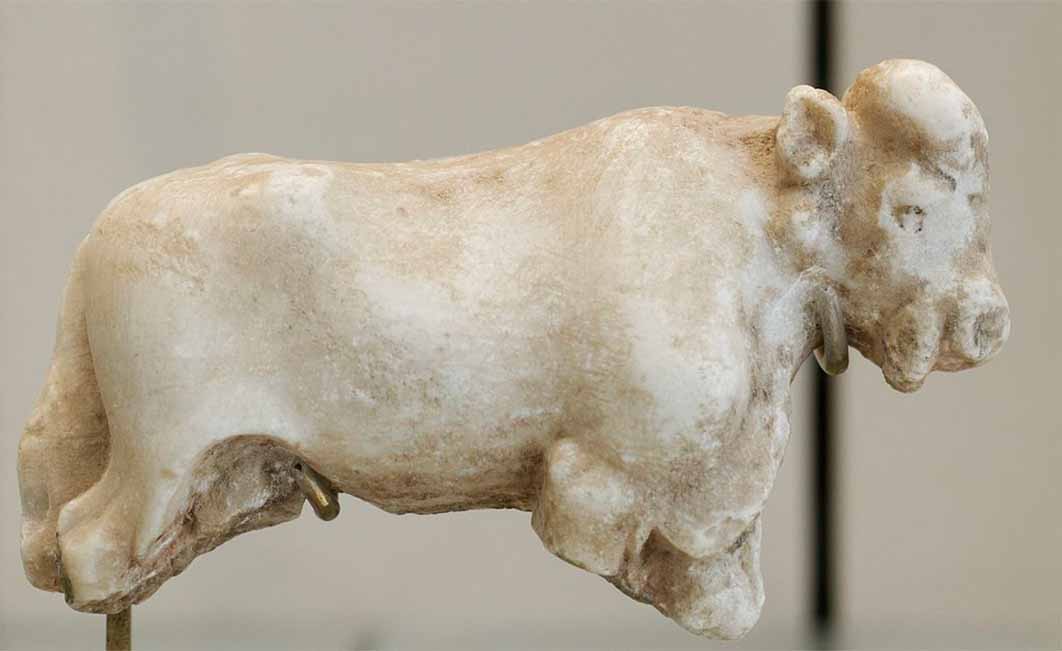
Uruk: Ancient Civilization Archaeological Superstar Status
Uruk, in southern Iraq, has reached superstar status in the realm of archaeological excavations of ancient civilizations by delivering the Sumerian King Lists among the 5,000 cuneiform tablets discovered there; it is also the place where the first potter’s wheel was designed; and it is the setting for the mythological or legendary Sumerian king Gilgamesh, immortalized in the very first literary work, the Song or Epic of Gilgamesh. Located 80 kilometers (50 miles) northwest of Ur, for a period of almost 1,300 years, Uruk was ruled by five dynasties of kings, stretching from 3400 – 2112 BC, but it was inhabited for thousands of years before that and hundreds of years after.

Remains of the ziggurat of Uruk, dominating the landscape – the temple would have towered on top (CC BY-SA 2.0)
Archaeological Layers
Archaeological excavations have uncovered strata of several cities built on top of each other, covering the millennia of human inhabitation, dating back to the fifth century BC and the legendary founding of the city by the gods. These strata are: Uruk XVIII Eridu Period (c. 5000 BC): the founding of Uruk – Anu district also called Kullaba; Uruk XVIII–XVI Late Ubaid Period (4800–4200 BC): Kullaba and Eanna district merging into one city; Uruk XVI–X Early Uruk Period (4000–3800 BC); Uruk IX–VI Middle Uruk Period (3800–3400 BC); Uruk V–IV Late Uruk Period (3400–3100 BC) when the earliest monumental temples of Eanna district were built; Uruk III Jemdet Nasr Period (3100–2900 BC) when the nine-kilometer city wall was built, enclosing a massive 450 hectares, home to some 50,000 people; Uruk II and Uruk I.
There are three major tells within the site: The first is the Anu district, encompassing the Anu-Antum temple complex, Anu-ziggurat and Bit Resh, the 250 BC-Neo-Babylonian temple complex which was also a centre for astronomy. The second is the Eanna district, encompassing the É-Anna ziggurat ' Egipar-imin, and the É-Anna enclosure; and Irigal, the south building. Then there are the later Parthian structures including the Gareus Temple, and the Multiple Apse building, as well as the "Gilgameš" city-wall with the associated Sinkâsid Palace and the Seleucid-era Bit Akîtu.

Bull sculpture, (c. 3000 BC) (Public Domain)
Preliminary Excavations
Preliminary excavations were conducted by Fraser and Ross in 1835 and followed up by William Loftus excavated in 1850 and 1854. However, the majority of the work has been conducted by German archaeologists who have spent 39 seasons excavating Uruk (modern Warka). In 1912 to 1913, Julius Jordan from the German Oriental Society discovered the temple of Inanna and part of the city wall, erected around 3000 BC.
- The House of Uruk, Greatest of Sumerian Heroes
- The Legend of Lugalbanda, The First Sumerian Shaman
- Mighty Gilgamesh: Archetype Of The Nephilim
Built on the same marshland on the deltas of the Euphrates as Ur, it is not surprizing that during a project launched in 2002 by the German Archaeology Institute to map the city using a magnetometer, it was found that one third of Uruk was garden and another third encompassed the temple precincts. Director of the excavations at Uruk, Dr. Margarete van Ess was astounded to discover that the inhabitants did not make use of streets in the city, but rather canals, channelled from the Euphrates River (much like Venice).





